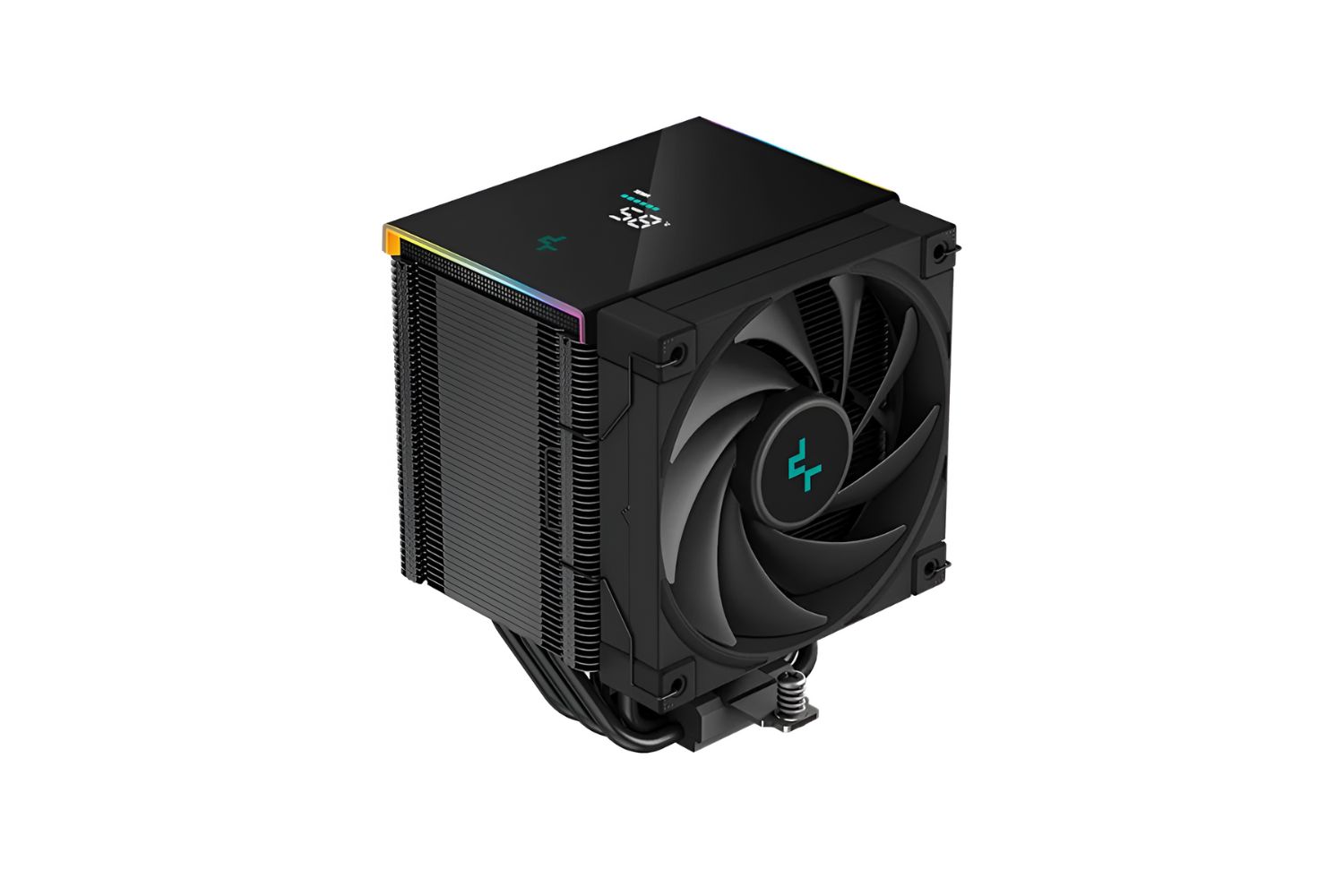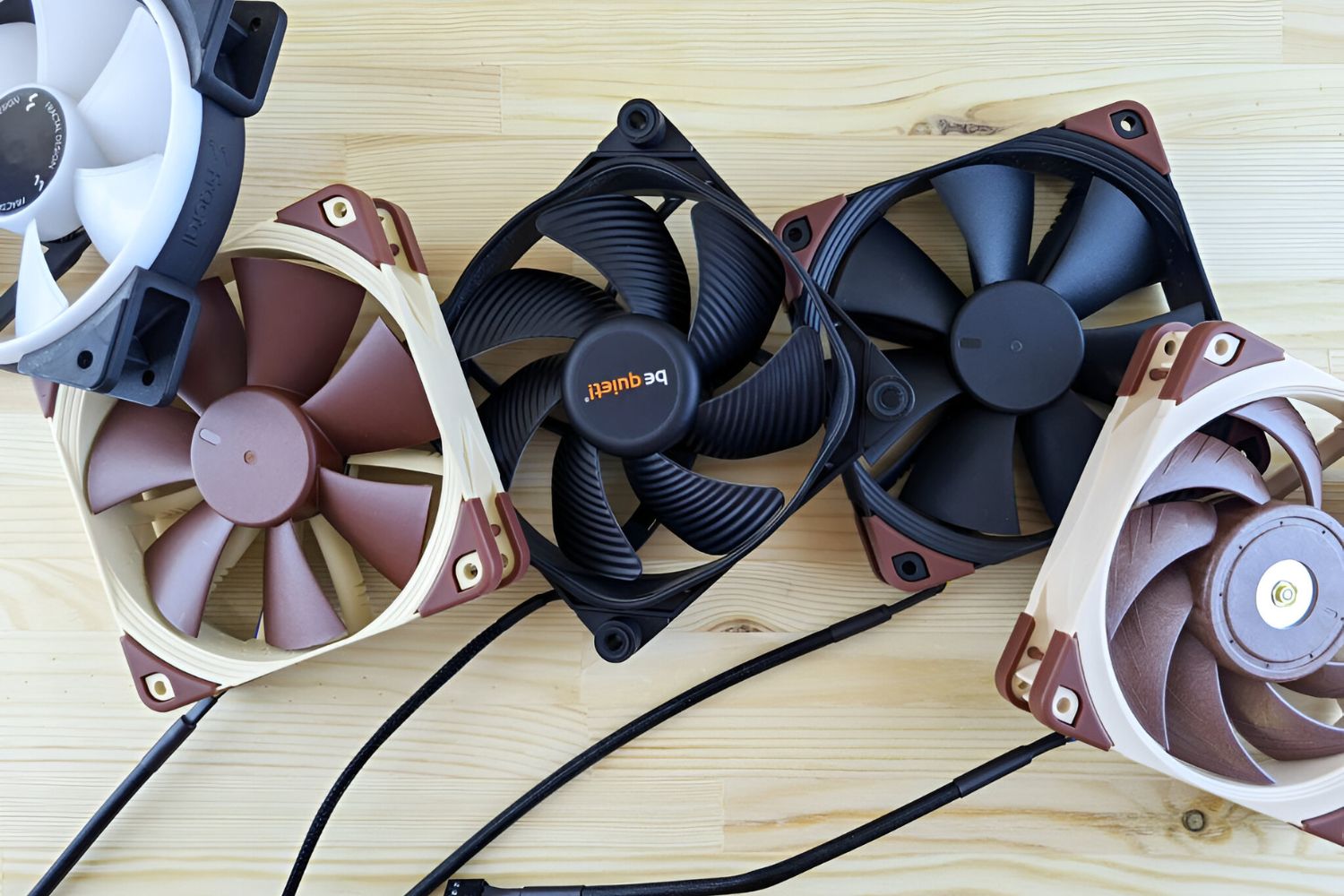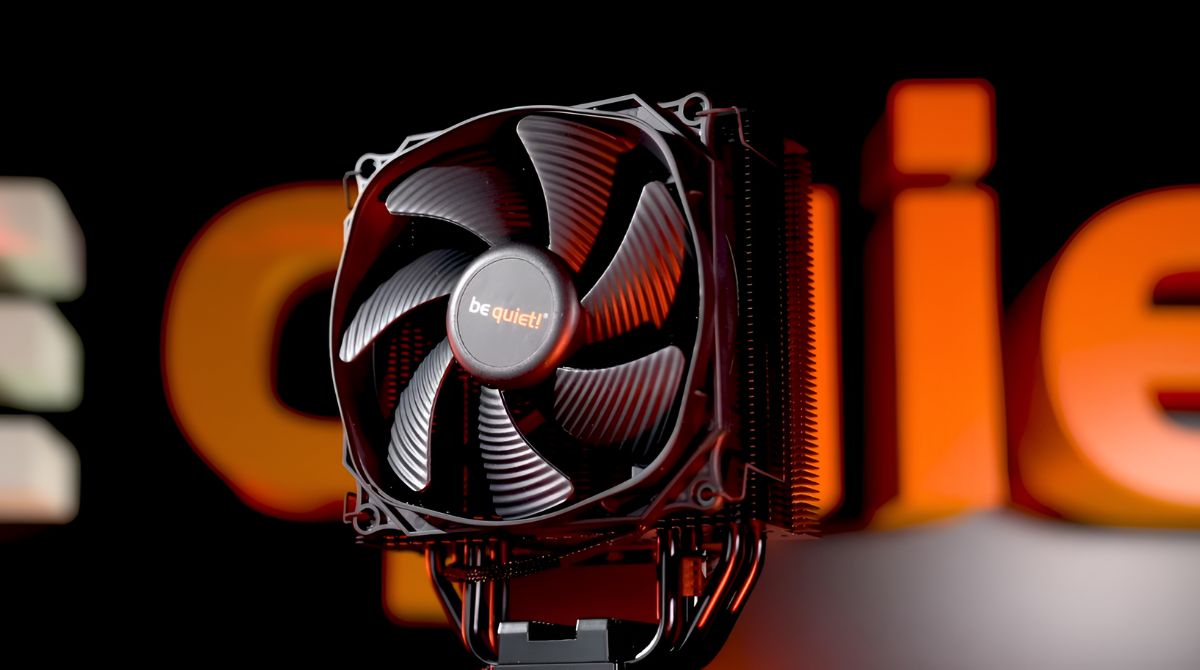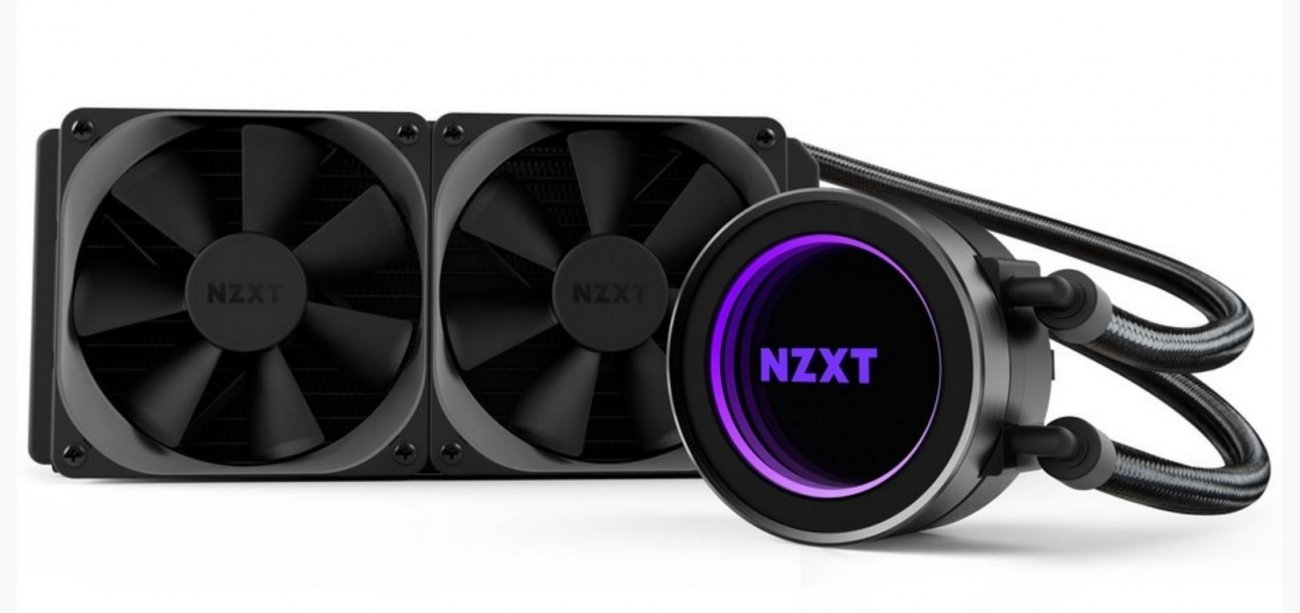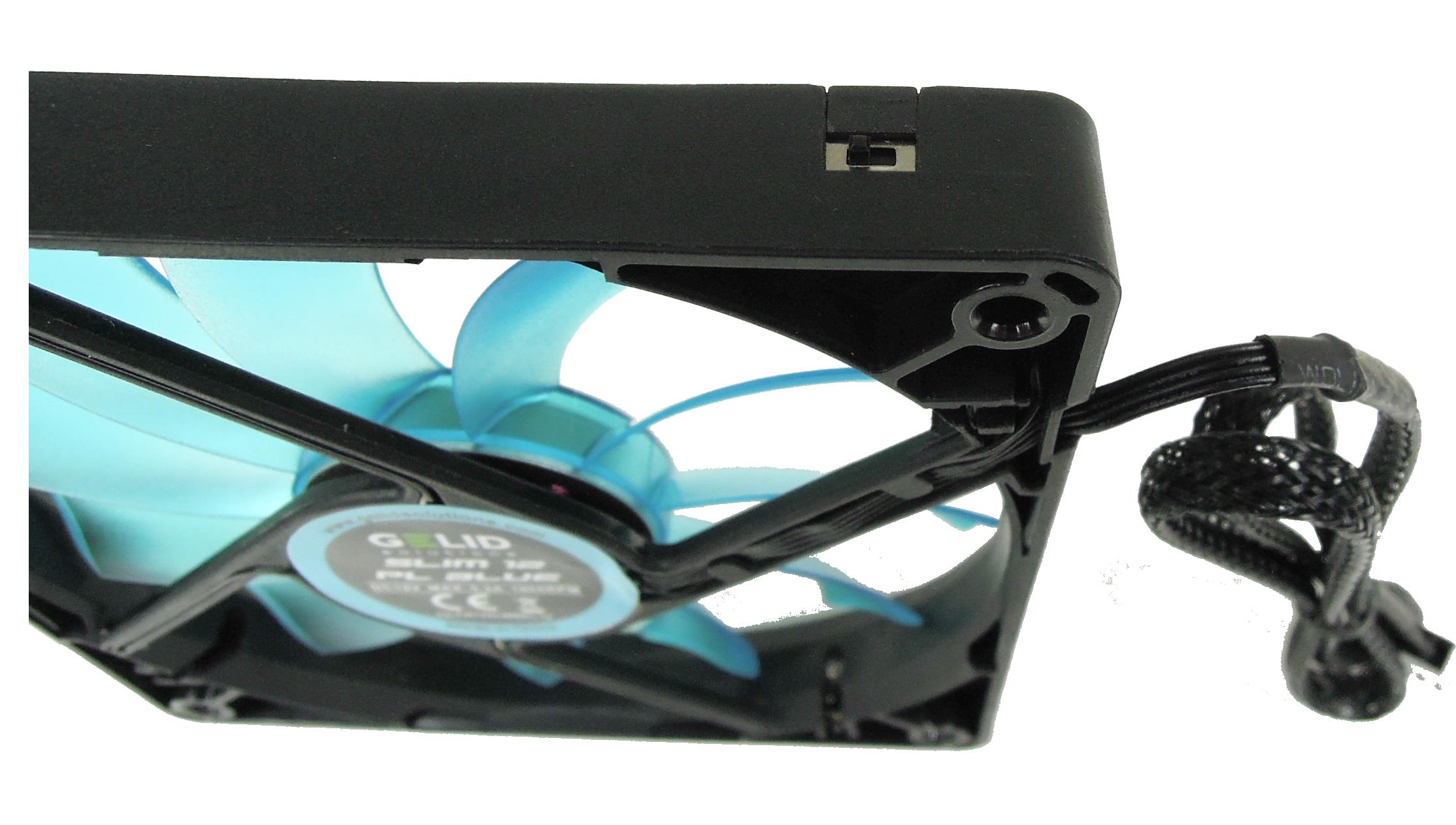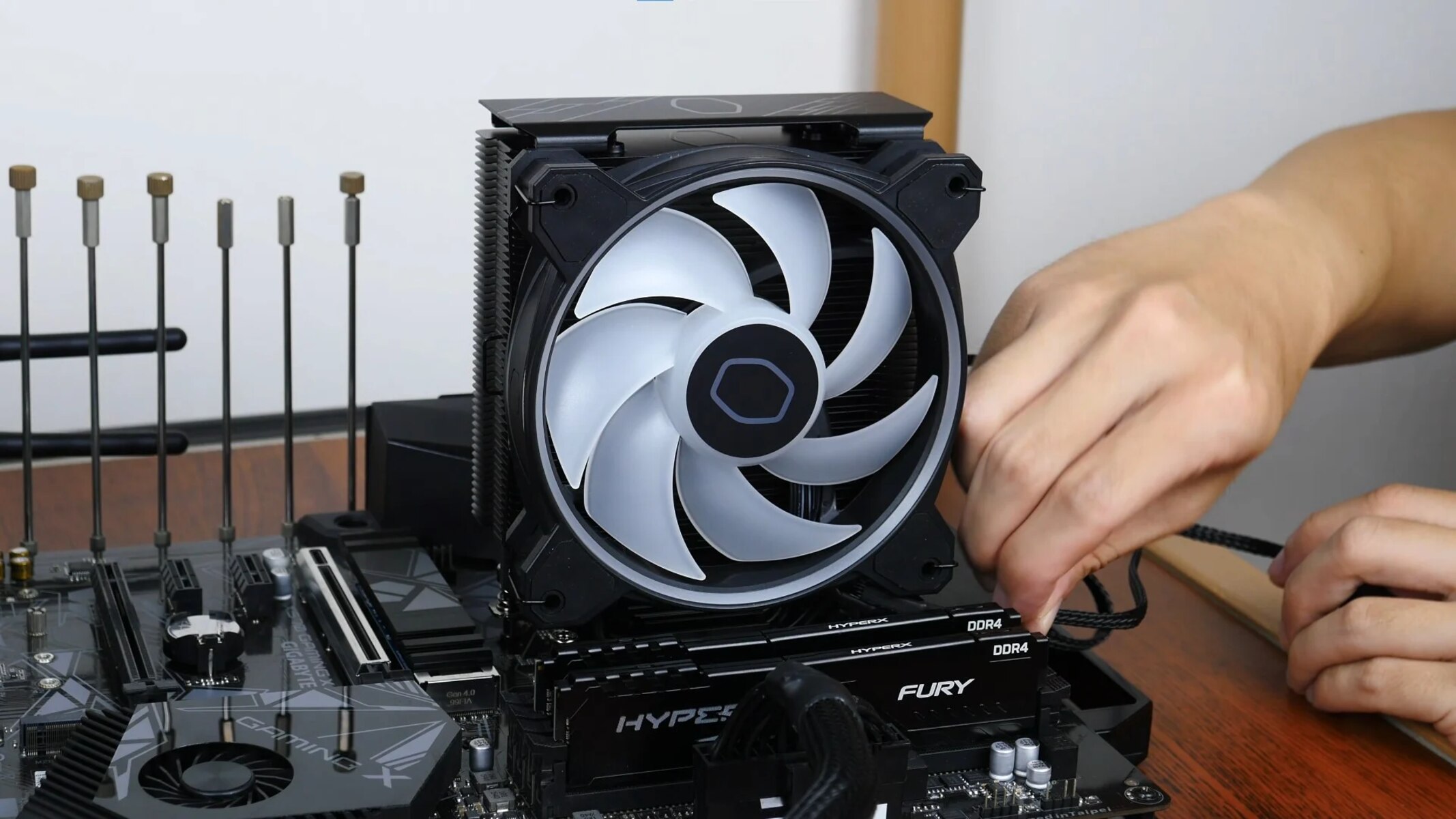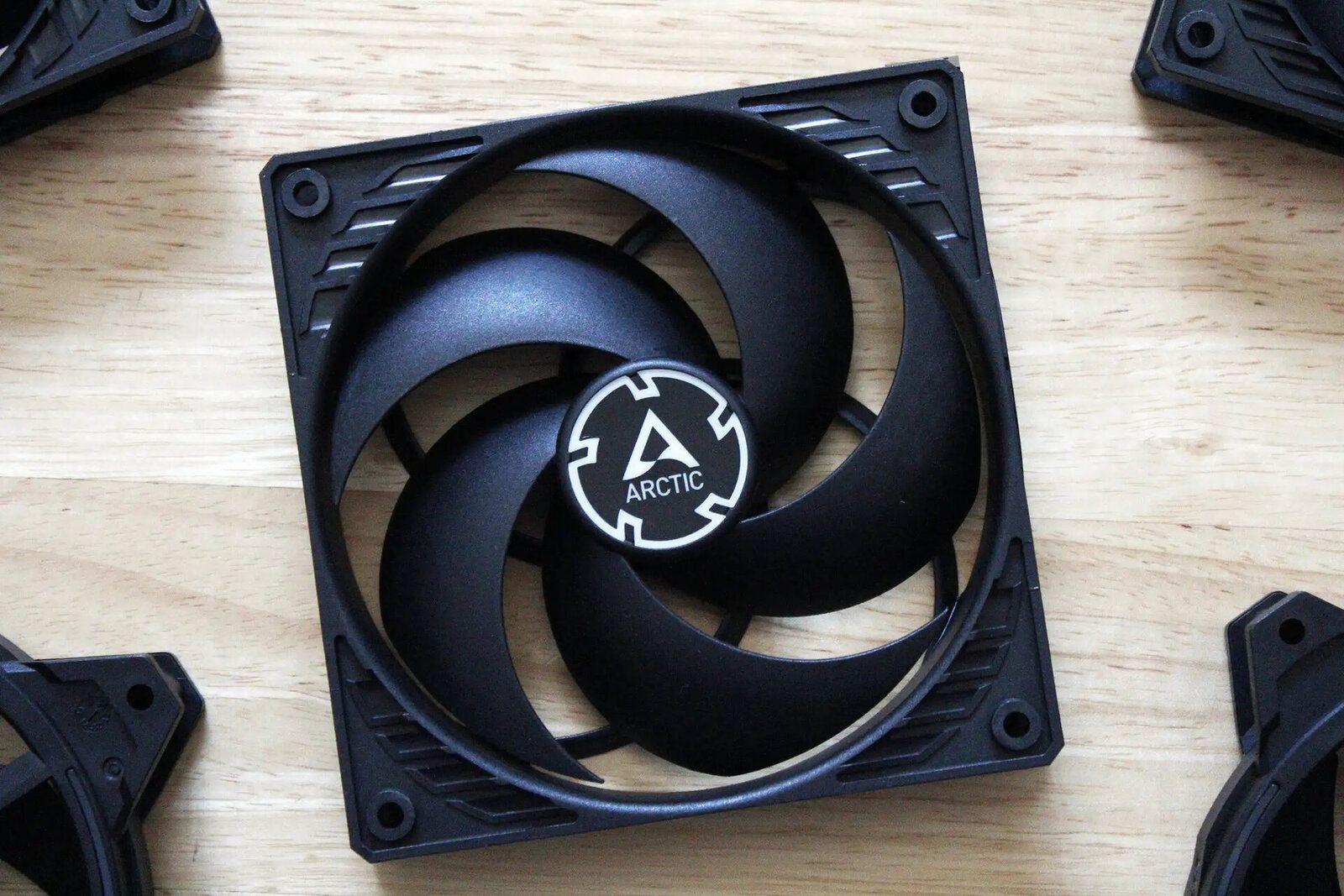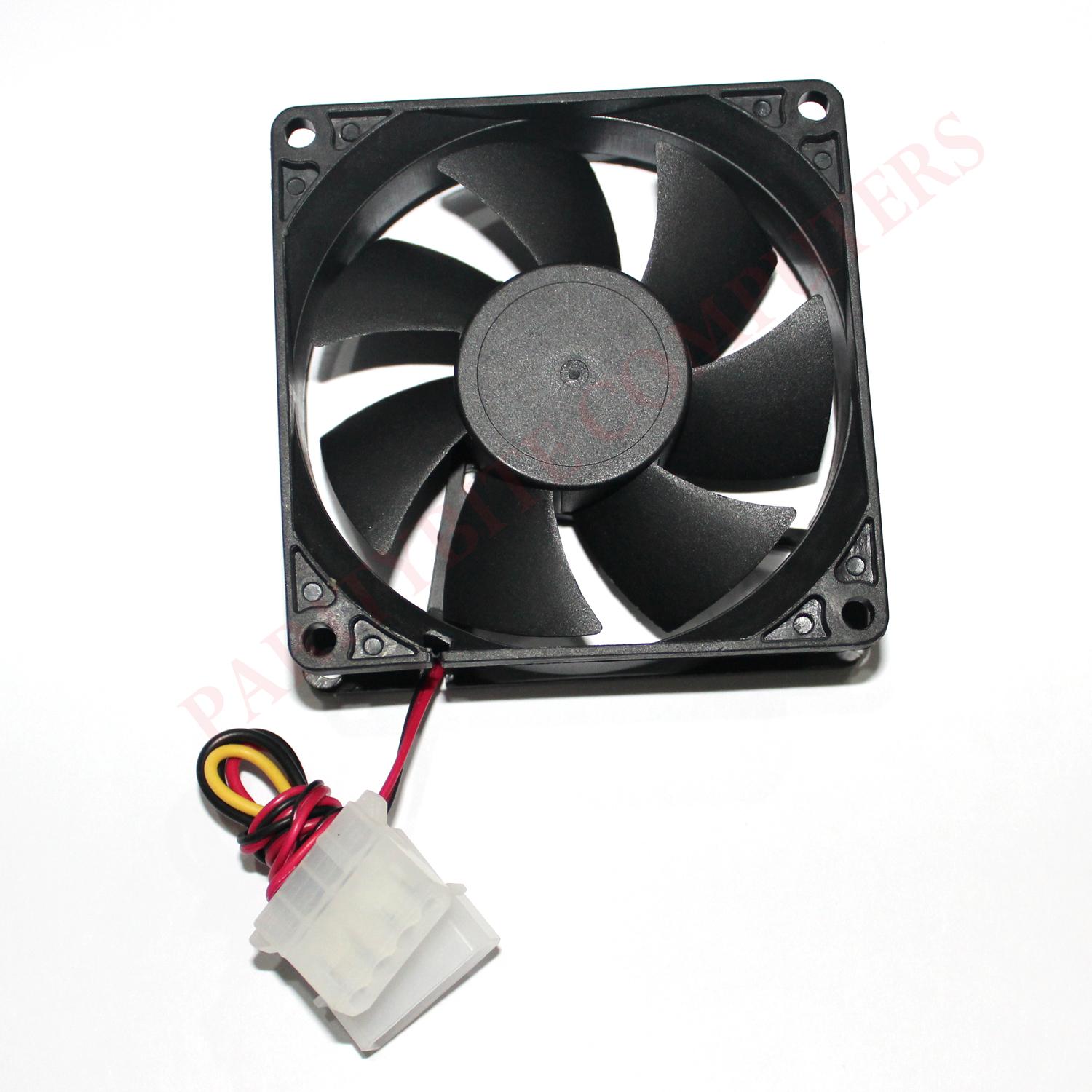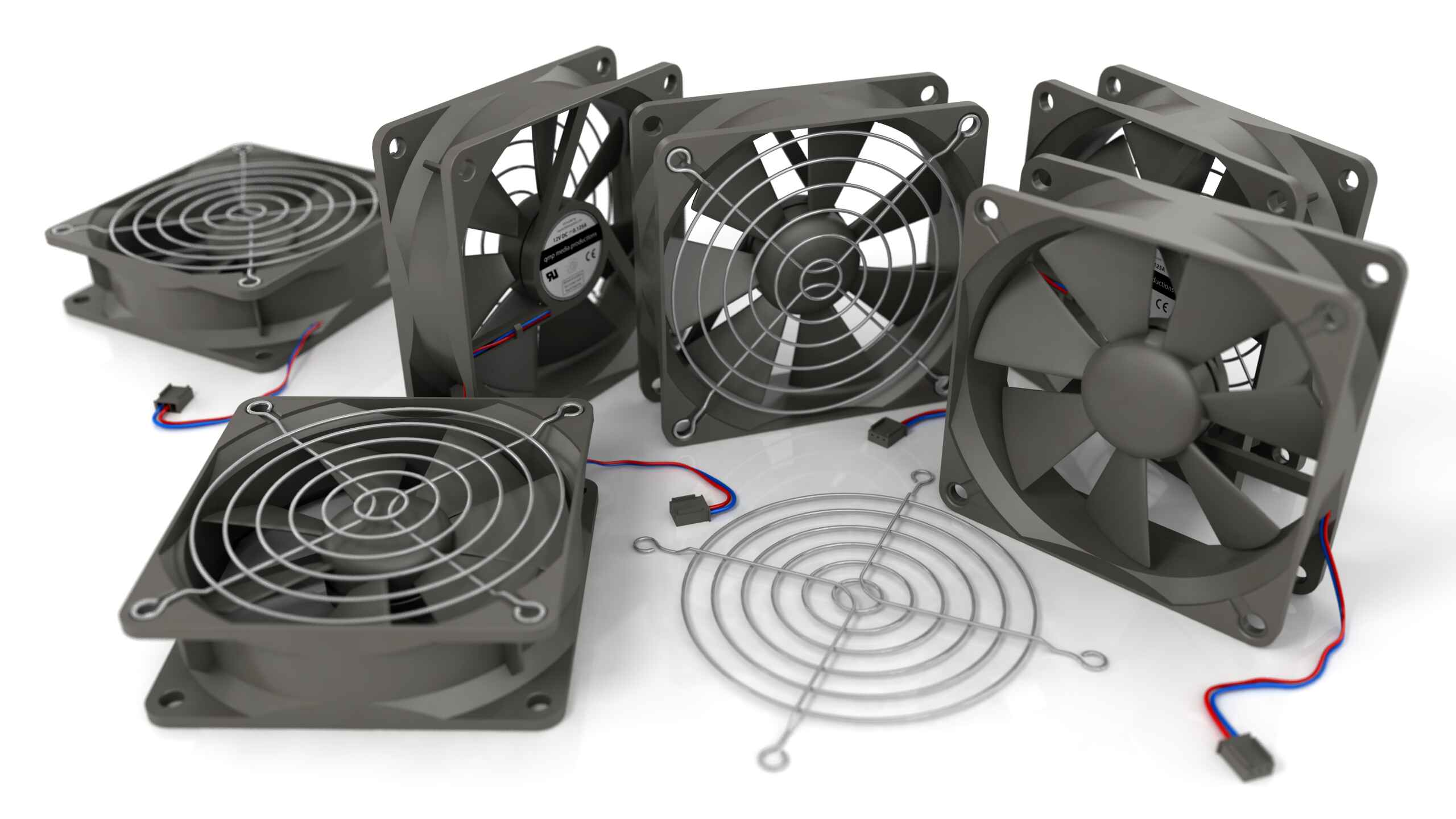Introduction
When it comes to keeping your computer running smoothly and efficiently, one of the key components to consider is the CPU cooler. A CPU cooler is responsible for dissipating the heat generated by the processor, preventing it from overheating and ensuring optimal performance.
One type of bearing that has gained popularity in CPU coolers in recent years is the Fluid Dynamic Bearing (FDB). FDBs offer a number of advantages over traditional ball bearing or sleeve bearing systems, making them a preferred choice for many computer enthusiasts and professionals.
In this article, we will explore what Fluid Dynamic Bearing exactly is and how it works. We will also discuss the advantages of FDBs, their applications beyond CPU coolers, and popular brands that incorporate FDB technology into their CPU cooler designs.
By the end of this article, you will have a better understanding of Fluid Dynamic Bearing and why it plays a crucial role in ensuring the longevity and performance of your CPU cooler.
What is Fluid Dynamic Bearing?
Fluid Dynamic Bearing (FDB) is a type of bearing used in mechanical systems, including CPU coolers, fans, and hard drives. It is designed to minimize friction, reduce noise levels, and extend the lifespan of the system.
At its core, FDB consists of two main components: a shaft and a sleeve. The shaft is the rotating part of the bearing, while the sleeve is the stationary part. The key feature that sets FDBs apart from other types of bearings is the presence of a thin layer of lubricating fluid between the shaft and sleeve.
This lubricating fluid, often a high-viscosity oil or grease, allows for smooth rotation of the shaft with minimal friction. As a result, FDBs produce less noise and vibration compared to ball bearings or sleeve bearings, which can be particularly beneficial in applications where low noise levels are desired, such as in CPU coolers for quiet computing environments.
Furthermore, the lubricating fluid in FDBs helps to reduce wear and tear on the bearing components, making them more durable and reliable over time. The thin layer of fluid also acts as a barrier, preventing direct metal-to-metal contact between the shaft and sleeve, which can contribute to noise generation and potential damage.
Overall, FDBs offer improved performance, reduced noise, extended lifespan, and increased reliability compared to other types of bearings. This makes them an ideal choice for applications that require efficient and silent operation, such as high-performance CPU coolers used in gaming PCs or workstations.
How Does Fluid Dynamic Bearing Work?
To understand how Fluid Dynamic Bearings (FDBs) work, let’s delve into their operational mechanism. At the core of an FDB is the concept of a hydrodynamic wedge, which is formed by the lubricant fluid between the rotating shaft and stationary sleeve.
When the shaft starts rotating, it creates a pressure difference in the fluid. This pressure difference causes the lubricant to flow in a circular motion within the bearing. As the fluid circulates, it forms a wedge-shaped film between the shaft and sleeve, which helps to support the shaft and reduce friction during operation.
The hydrodynamic wedge created by the flowing fluid acts as a cushion, preventing direct contact between the surfaces of the shaft and sleeve. This significantly reduces friction and wear, leading to smoother and quieter operation compared to other types of bearing systems.
Additionally, the flowing lubricant helps to dissipate heat generated during operation, contributing to efficient cooling of the bearing. This feature is particularly beneficial in CPU coolers, where maintaining optimal temperatures is crucial for the overall performance and longevity of the processor.
The unique design and operation of FDBs also make them more resistant to contamination and dust particles. The flowing lubricant helps in flushing away any debris that may enter the bearing, preventing it from causing damage or interrupting the smooth rotation of the shaft.
In summary, Fluid Dynamic Bearings utilize the principles of hydrodynamics to reduce friction, dissipate heat, and improve overall performance. The creation of a flowing lubricant film between the rotating shaft and stationary sleeve enables smoother, quieter, and more efficient operation, making FDBs an excellent choice for CPU coolers and other applications that require low noise and extended lifespan.
Advantages of Fluid Dynamic Bearing
Fluid Dynamic Bearings (FDBs) offer a range of advantages over other types of bearing systems. These advantages make them a popular choice for various applications, including CPU coolers. Let’s explore some of the key benefits of FDBs:
- Reduced Friction: FDBs utilize a flowing lubricant film to minimize friction between the rotating shaft and stationary sleeve. This significantly reduces wear and tear on the bearing components, resulting in improved durability and lifespan.
- Quiet Operation: The design of FDBs helps to dampen vibrations and minimize noise during operation. The smooth rotation facilitated by the lubricant film creates a silent and comfortable user experience, making FDBs an ideal choice for applications where noise reduction is important.
- Improved Cooling: The flowing lubricant in FDBs aids in dissipating heat generated by the system. This cooling effect is especially crucial in CPU coolers, where effective heat dissipation is essential to prevent overheating and maintain optimal processor performance.
- Enhanced Reliability: The presence of a lubricant film acts as a protective barrier between the shaft and sleeve, minimizing direct metal-to-metal contact. This reduces the risk of damage and ensures the prolonged reliability of the bearing system.
- Resistance to Contaminants: FDBs are less prone to contamination by dust particles or other debris. The circulating lubricant helps to flush away any contaminants that enter the bearing, minimizing the risk of clogs or performance degradation.
- Energy Efficiency: The reduced friction and smooth operation of FDBs contribute to lower energy consumption compared to other bearing systems. This makes FDBs an environmentally friendly choice that can help reduce power consumption in electronic devices.
Overall, Fluid Dynamic Bearings offer a combination of reduced friction, quiet operation, improved cooling, enhanced reliability, resistance to contaminants, and energy efficiency. These advantages make FDBs an excellent choice for various applications, especially in CPU coolers, where optimal cooling, silent operation, and long-term reliability are crucial factors.
Applications of Fluid Dynamic Bearing
Fluid Dynamic Bearings (FDBs) find applications in a wide range of industries due to their numerous advantages over other bearing systems. Let’s explore some of the common applications where FDBs are utilized:
- CPU Coolers: One of the most prevalent applications of FDBs is in CPU coolers. The efficient heat dissipation, reduced noise, and extended lifespan provided by FDBs make them an ideal choice for ensuring optimal cooling performance and maintaining the longevity of processors.
- Case Fans and Cooling Systems: FDBs are also commonly used in case fans and cooling systems for desktop computers. By incorporating FDBs, these cooling components can provide efficient cooling while operating silently, creating a pleasant computing environment.
- Hard Disk Drives: FDBs are employed in hard disk drives to ensure smooth and reliable rotation of the disks. The reduced friction and improved longevity offered by FDBs contribute to the overall reliability and performance of these storage devices.
- Server Fans: In server rooms and data centers where noise reduction is crucial, FDBs are frequently used in server fans. The quiet operation and efficient cooling provided by FDBs ensure optimal server performance while minimizing distractions and creating a conducive workspace.
- Graphics Card Coolers: Graphics cards are notorious for generating significant heat during intensive gaming or graphic-intensive tasks. FDBs are often incorporated into graphics card coolers, offering enhanced cooling performance, reduced noise levels, and extended operating life for these critical components.
- Power Supply Units (PSUs): FDBs are utilized in PSUs to ensure efficient cooling of the internal components while maintaining low noise levels. This improves overall system performance, longevity, and user satisfaction.
These are just a few examples of the many applications of Fluid Dynamic Bearings. The unique advantages they offer, such as reduced friction, quiet operation, improved cooling, and enhanced reliability, make them a preferred choice in industries where these factors are of utmost importance.
Fluid Dynamic Bearings in CPU Coolers
CPU coolers play a critical role in maintaining the temperature and performance of computer processors. Within the wide range of CPU cooler options available, those incorporating Fluid Dynamic Bearings (FDBs) have gained significant popularity among computer enthusiasts and professionals. Let’s discuss why FDBs are preferred in CPU coolers:
FDBs offer several advantages that make them well-suited for CPU coolers. One key advantage is their efficient heat dissipation capability. As the processor generates heat during operation, the FDBs help to effectively transfer and dissipate this heat away from the CPU surface. This ensures that the temperature of the processor remains within safe operating limits, preventing damage and overheating.
Furthermore, the fluid flowing within the bearing creates a cushion between the rotating shaft and stationary sleeve, resulting in reduced friction and wear. This not only improves the lifespan of the bearing components but also contributes to the overall quiet operation of the CPU cooler. The reduced friction translates to minimal noise and vibrations, making FDB-equipped CPU coolers suitable for noise-sensitive environments or those seeking a high level of acoustic comfort.
In addition to their cooling performance and low noise level, FDBs in CPU coolers also offer improved reliability. The lubricant fluid used in FDBs helps to protect the bearing components from metal-to-metal contact and potential damage. The reduced wear and tear on the bearing system ensure that the CPU cooler operates reliably over an extended period.
Moreover, FDBs in CPU coolers are often designed with low power consumption in mind. The efficient operation of FDBs helps to minimize energy usage, resulting in better energy efficiency for the overall system. This can be particularly beneficial in reducing power consumption and heat generation, ensuring a more sustainable and eco-friendly computing experience.
Overall, the integration of Fluid Dynamic Bearings in CPU coolers offers significant benefits, including efficient heat dissipation, quiet operation, enhanced reliability, and energy efficiency. These advantages make FDB-equipped CPU coolers a popular choice among professionals and enthusiasts who prioritize optimal cooling performance, reduced noise, and long-term reliability for their computer systems.
Benefits of Fluid Dynamic Bearing in CPU Coolers
Fluid Dynamic Bearings (FDBs) offer a range of benefits when incorporated into CPU coolers. These benefits contribute to improved cooling performance, reduced noise levels, and increased reliability. Let’s explore some of the key advantages of using FDBs in CPU coolers:
- Efficient Heat Dissipation: FDBs in CPU coolers efficiently transfer heat away from the processor, ensuring optimal operating temperatures. The flowing lubricant within the bearing system helps dissipate the heat generated by the CPU, preventing overheating and maintaining performance stability.
- Quiet Operation: FDBs produce minimal noise and vibrations due to their smooth rotation and reduced friction. This ensures a quiet computing environment, making FDB-equipped CPU coolers suitable for applications that demand low noise levels, such as multimedia production or noise-sensitive workspaces.
- Longevity and Reliability: FDBs are designed to minimize wear and tear on the bearing system. The presence of the lubricant fluid between the rotating shaft and stationary sleeve creates a protective barrier, reducing the risk of damage and extending the lifespan of the CPU cooler. This results in enhanced reliability and longevity, ensuring optimal performance over a longer period.
- Contamination Resistance: FDBs are less prone to contamination by dust or debris compared to other bearing systems. The flowing lubricant helps to flush away any particles that enter the CPU cooler, preventing clogs and maintaining optimal performance. This resistance to contamination contributes to the longevity and reliability of the CPU cooler.
- Energy Efficiency: FDBs in CPU coolers operate with low energy consumption due to reduced friction and smooth rotation. This energy efficiency not only helps to reduce power consumption but also minimizes heat generation, resulting in a more environmentally friendly and cost-effective computing solution.
By incorporating Fluid Dynamic Bearings, CPU coolers benefit from efficient heat dissipation, reduced noise levels, enhanced reliability, contamination resistance, and energy efficiency. These advantages make FDB-equipped CPU coolers an optimal choice for maintaining the performance and longevity of processors, ensuring a cool and quiet computing experience.
Popular CPU Cooler Brands that Use Fluid Dynamic Bearing
Fluid Dynamic Bearing (FDB) technology has gained widespread recognition and popularity within the realm of CPU coolers. Many reputable brands have incorporated FDBs into their CPU cooler designs, offering users a combination of efficient cooling performance, reduced noise levels, and enhanced reliability. Let’s explore some of the popular CPU cooler brands that utilize FDB technology:
- Noctua: Noctua is a well-known brand in the computer cooling industry, renowned for its high-quality and performance-driven CPU coolers. They employ FDBs in several of their CPU cooler models, providing exceptional cooling efficiency and quiet operation for even the most demanding applications.
- Cooler Master: Cooler Master is another prominent name in the CPU cooling market. They incorporate FDBs into many of their CPU cooler models, delivering reliable and efficient cooling solutions while maintaining low noise levels. Cooler Master’s FDB-equipped CPU coolers are popular among gamers and professionals seeking optimal performance and quiet operation.
- be quiet!: Known for their focus on silent computing, be quiet! integrates FDB technology into their CPU coolers. These coolers offer excellent cooling performance and operate silently, catering to users who prioritize noise reduction in their computing environments.
- Arctic: Arctic is a recognized brand for CPU coolers that emphasize efficiency and affordability. They incorporate FDBs into many of their CPU cooler designs, providing efficient cooling while ensuring quiet operation. Arctic’s FDB-equipped CPU coolers offer a great balance between performance and value.
- Deepcool: Deepcool is a brand known for its innovative and stylish CPU coolers. They make use of FDB technology in their cooler models to deliver efficient heat dissipation and reduced noise levels. Deepcool’s FDB-equipped CPU coolers are popular among gamers and PC enthusiasts seeking a combination of performance and aesthetics.
These are just a few examples of popular CPU cooler brands that incorporate Fluid Dynamic Bearings into their designs. Each brand brings its own unique features and strengths to the table, but all share the common goal of providing efficient, quiet, and reliable cooling solutions for CPUs.
Conclusion
Fluid Dynamic Bearings (FDBs) have become a preferred choice in the realm of CPU coolers, offering numerous advantages over traditional bearing systems. Through their design and operational mechanism, FDBs provide efficient heat dissipation, reduced noise levels, enhanced reliability, and energy efficiency. These benefits contribute to improved cooling performance, quieter operation, and a longer lifespan for CPU coolers.
The use of FDBs in CPU coolers ensures optimal temperature management for computer processors, preventing overheating and maintaining performance stability. The reduced friction and smooth rotation of FDBs translate to silent operation, making them ideal for noise-sensitive environments or those seeking a quiet computing experience.
Additionally, the extended lifespan and increased reliability of FDBs instill confidence in the longevity and performance of CPU coolers. The resistance to contamination and the ability to flush away debris contribute to the durability and uninterrupted operation of the system.
Numerous popular CPU cooler brands, including Noctua, Cooler Master, be quiet!, Arctic, and Deepcool, have adopted FDB technology in their designs. These brands deliver high-quality, efficient, and silent cooling solutions, catering to the needs of gamers, professionals, and enthusiasts alike.
In conclusion, Fluid Dynamic Bearings have revolutionized the CPU cooling industry, providing an optimal balance between cooling performance, noise reduction, and reliable operation. Whether you’re a gamer, content creator, or professional, choosing an FDB-equipped CPU cooler will ensure efficient heat dissipation, silent operation, and prolonged performance for your computer system.







